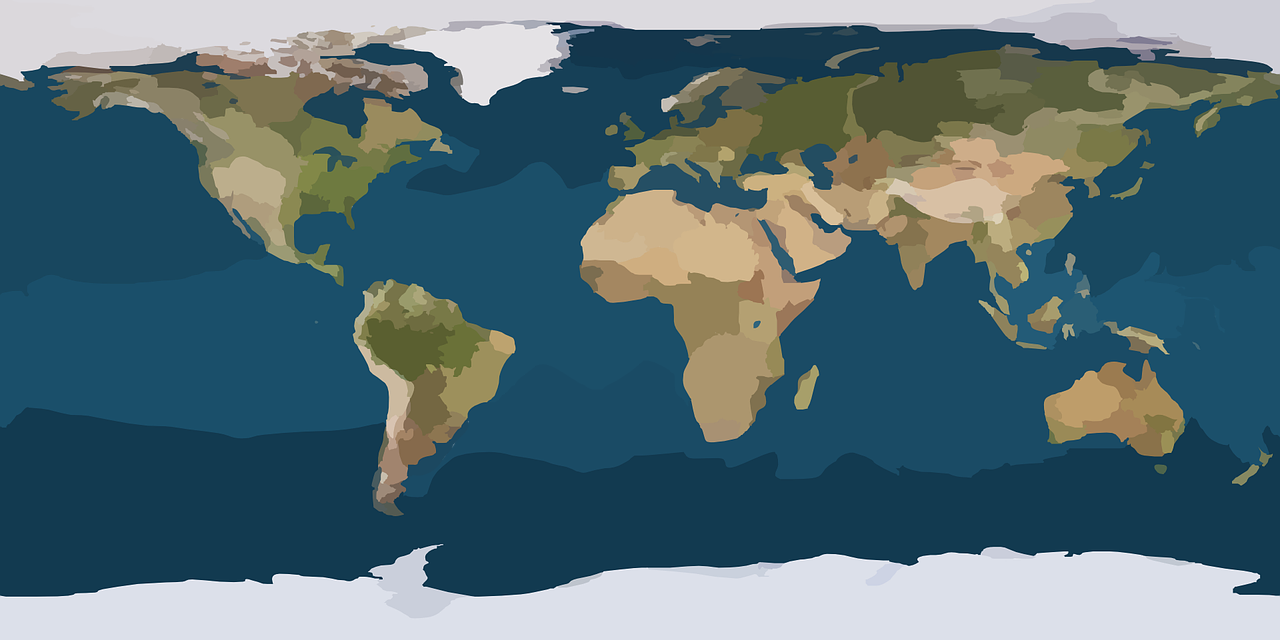
Ōtepoti – University of Oxford’s Big Data Institute researchers have taken a major step towards mapping the entirety of genetic relationships among humans: a single genealogy that traces the ancestry of all of us. The study has been published today in Science.
The last two decades have seen extraordinary advancements in human genetic research, generating genomic data for hundreds of thousands of individuals, including from thousands of prehistoric people.
This raises the exciting possibility of tracing the origins of human genetic diversity to produce a complete map of how individuals across the world are related to each other.
Until now, the main challenges to this vision were working out a way to combine genome sequences from many different databases and developing algorithms to handle data of this size. However, a new method published today by researchers from the University of Oxford’s Big Data Institute can easily combine data from multiple sources and scale to accommodate millions of genome sequences.
The Oxford researchers built a huge family tree, a genealogy for all of humanity that models as exactly as possible, the history that generated all the genetic variation found in humans today.
This genealogy allows us to see how every person’s genetic sequence relates to every other, along all the points of the genome.
The researchers are reconstructing the genomes of people’s ancestors and using them to form a vast network of relationships. They can then estimate when and where these ancestors lived.
The study integrated data on modern and ancient human genomes from eight different databases and included a total of 3609 individual genome sequences from 215 populations.
The ancient genomes included samples found across the world with ages ranging from 1,000s to over 100,000 years. The algorithms predicted where common ancestors must be present in the evolutionary trees to explain the patterns of genetic variation. The resulting network contained almost 27 million ancestors.
After adding location data on these sample genomes, the authors used the network to estimate where the predicted common ancestors had lived. The results successfully recaptured key events in human evolutionary history, including the migration out of Africa.
Although the genealogical map is already an extremely rich resource, the research team plans to make it even more comprehensive by continuing to incorporate genetic data as it becomes available.
Because tree sequences store data in a highly efficient way, the dataset could easily accommodate millions of additional genomes.

